
Are you planning to install gutters for your home, but don’t know where to start ? Don’t worry, we’ll guide you through the gutter selection process.
Gutters are much more than just water runoff. In fact, they protect your home from rainwater damage and can even add an aesthetic touch to your home. Here’s what you need to know :
A roof’s drainage system is made up of a number of components, mainly horizontal gutters and downpipes, but also other accessories such as nipples and elbows. Before choosing your gutter, consider the following factors :
The surface area of your roof → The size of the roof influences the choice of gutter and its dimensions, as a large surface area generates greater water runoff.
The slope of your roof → A higher slope reduces the amount of water to be evacuated, but it’s essential to have at least a 5° slope for adequate drainage.
The climate → The choice of a gutter also depends on the rainfall in your region; depending on this, you’ll have more or less need to install a gutter with a high drainage capacity.
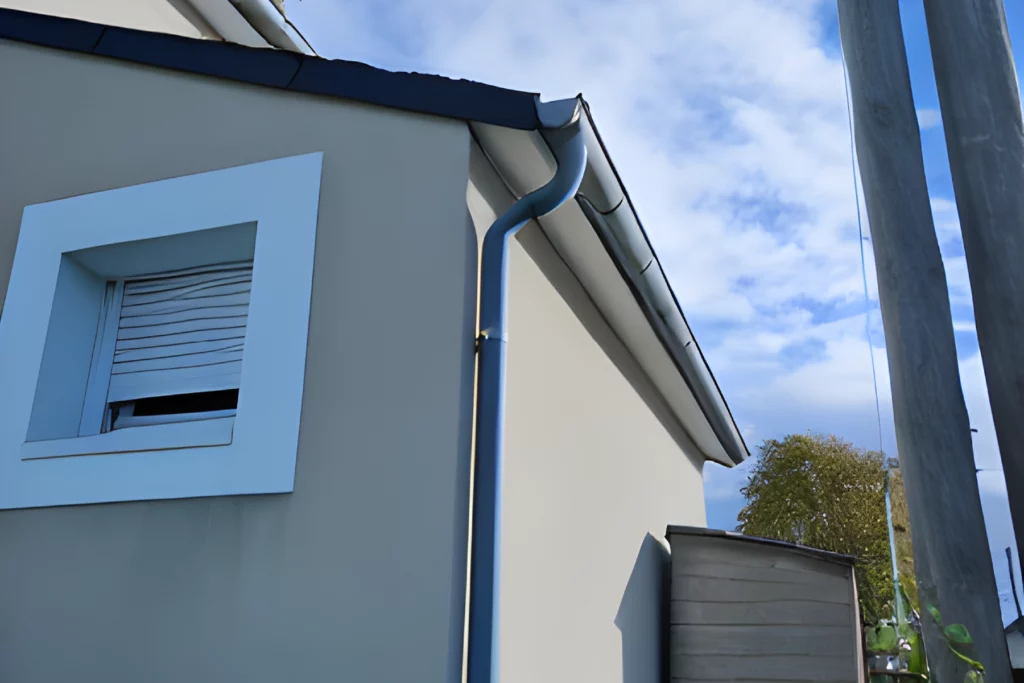
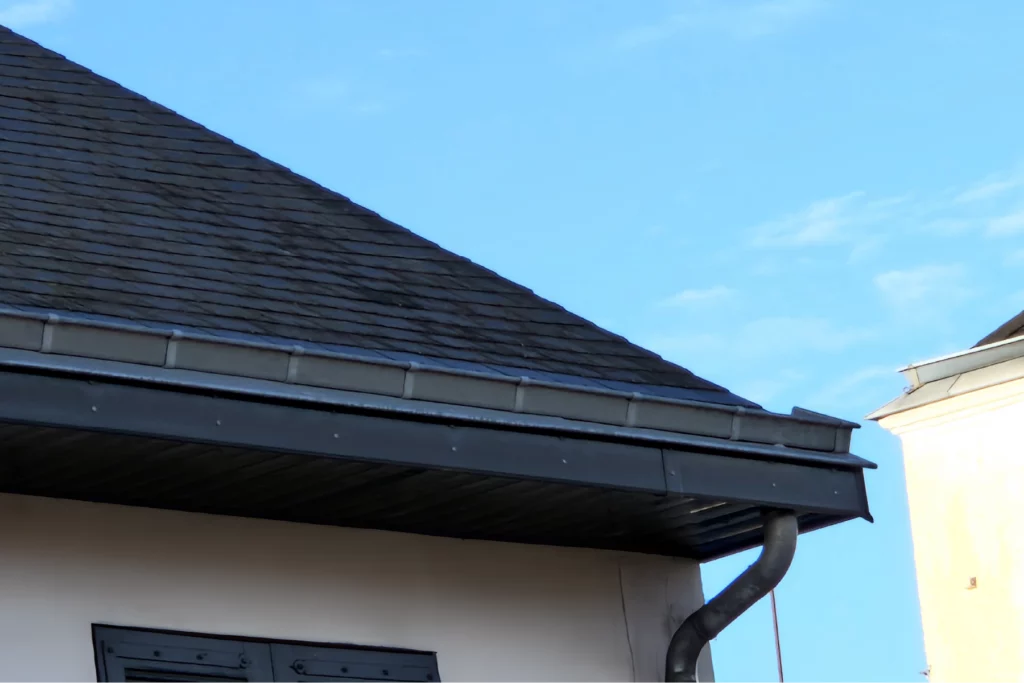
Gutter and downpipe dimensions depend on the surface area of your roof :
For a roof of less than 30m², we recommend 16cm gutters and 50-60mm diameter downpipes.
Between 30 and 80m², 25cm gutters and 80mm downpipes are preferable.
For a surface area greater than 80m², choose 33cm gutters and 100mm diameter downpipes. Other gutter sizes, 38cm or 44cm in diameter, are also available, but are less common.
There are two main types of gutter to consider : hanging gutters and creeping gutters.
Hanging gutters → Hanging gutters are the most common type, attached to the ends of the roof and therefore adaptable to all roof types.
Hanging gutters offer several advantages, not least their ease of installation and sturdiness. They are relatively inexpensive compared to ramped gutters, and are highly efficient at draining water. The variety of materials available is also a plus. However, they can sometimes be more difficult to maintain.
Creeping gutters → Creeping gutters are fixed to part of the roof with hooks anchored to the rafters, and are designed for steeply pitched roofs.
When choosing your gutters, the material is a crucial decision that will affect both the durability and aesthetics of your home. Let’s take a look at the options available and their advantages and disadvantages.
Zinc is a classic choice for gutters. Its strengths include sturdiness, corrosion resistance, ability to withstand temperature variations and an average lifespan of 30 years. However, its traditional aesthetics and demanding installation can be drawbacks. In addition, soldering may require maintenance, and it is less suited to marine or polluted environments.
For those seeking elegance, copper is an attractive option. It resists corrosion, evolves over time by developing a unique patina, and its lifespan generally exceeds 50 years. However, its beauty comes at a price, as it is considerably more expensive than other materials. Installation is also more complex, and it can suffer from oxidation.
Aluminum is a lightweight, versatile choice, offering a variety of colors to suit your aesthetic. Installation is affordable and seamless, and it resists corrosion thanks to a polyester coating. However, it can be slightly more expensive than zinc, and is susceptible to dents in frost.
PVC is the economical choice par excellence. Lightweight, with several color options, it’s easy to install and maintain. It resists corrosion, but its durability is limited to around 15 years. It can be less aesthetic, fragile, sensitive to hail and cold, and likely to sag or discolor over time.
Galvanized steel is renowned for its sturdiness and minimal maintenance. It’s easy to install without welding, and resists corrosion and temperature variations. With a lifespan of around 30 years, it offers a solid alternative. However, it can have a similar appearance to zinc and be heavier.
Ultimately, your choice of gutter material depends on your personal preferences, your budget and your home’s environment. Take the time to weigh up the pros and cons to find the material that best suits your gutter project.
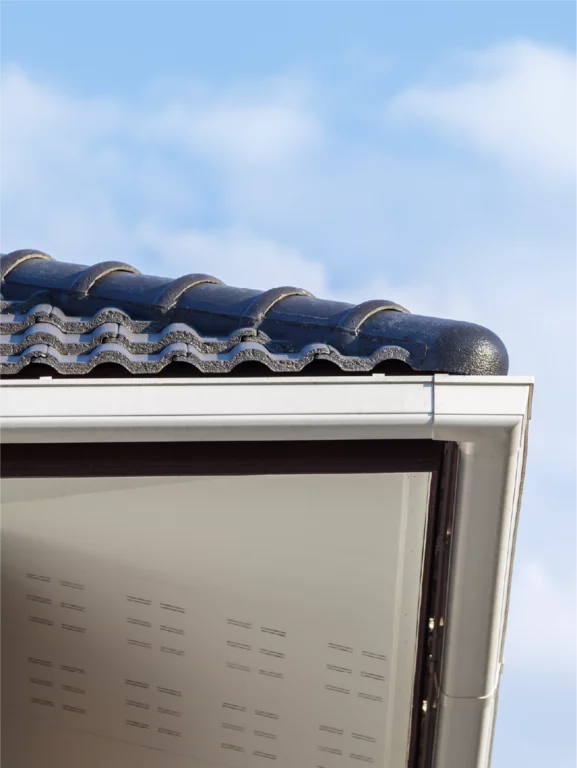
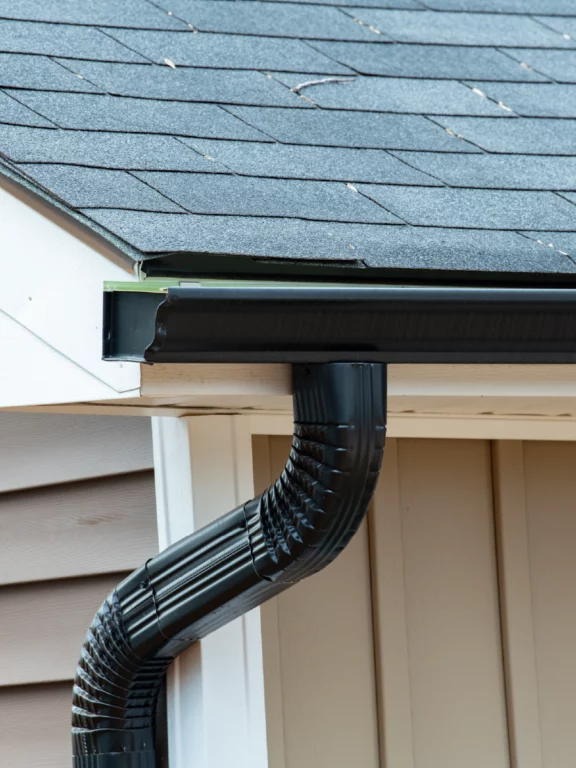
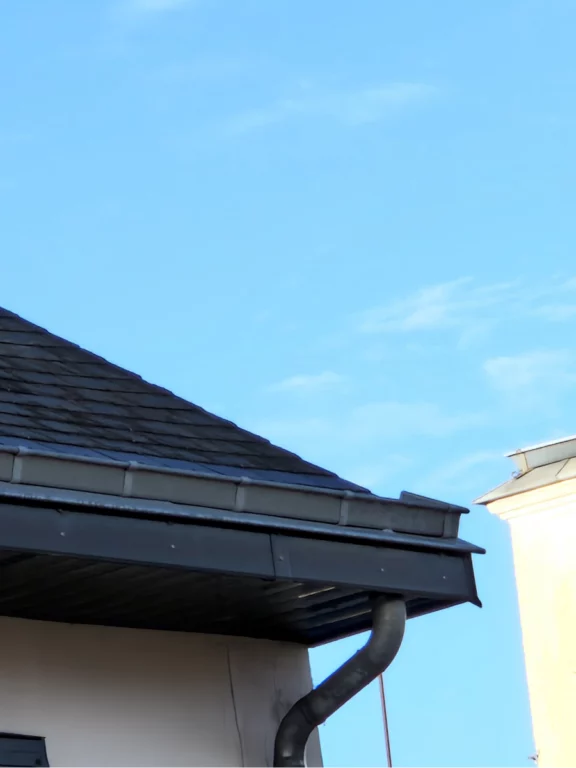
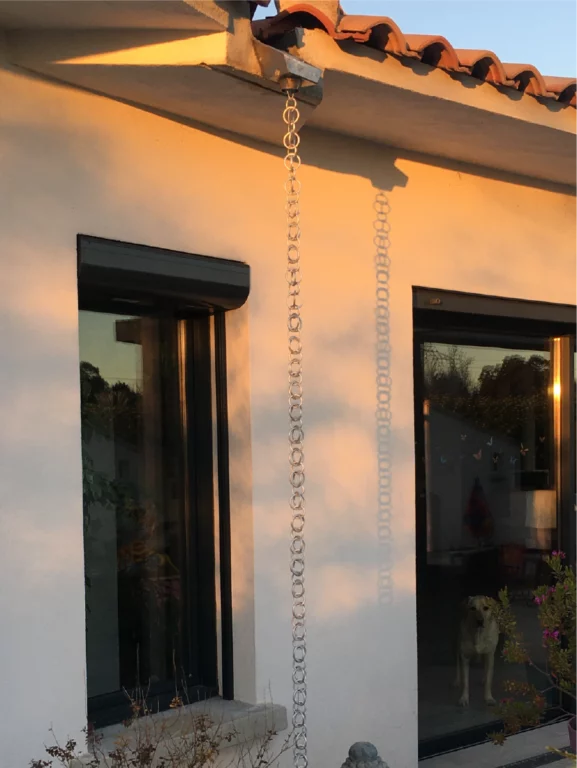
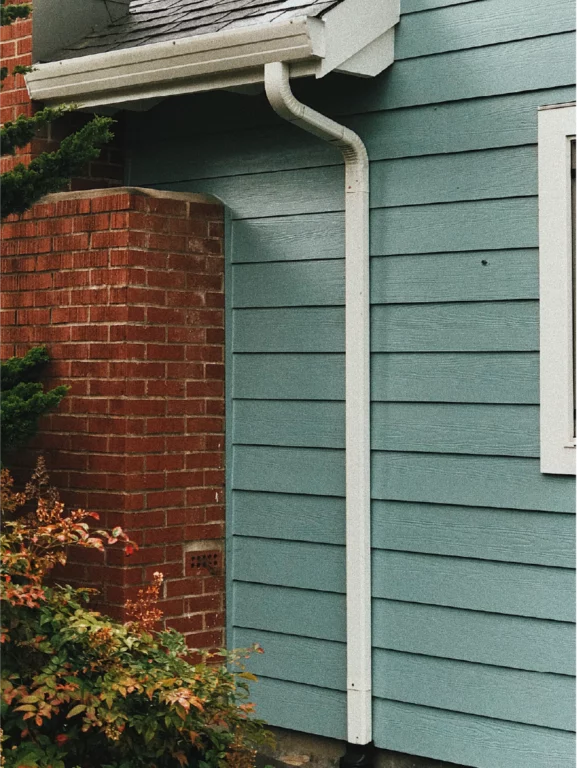
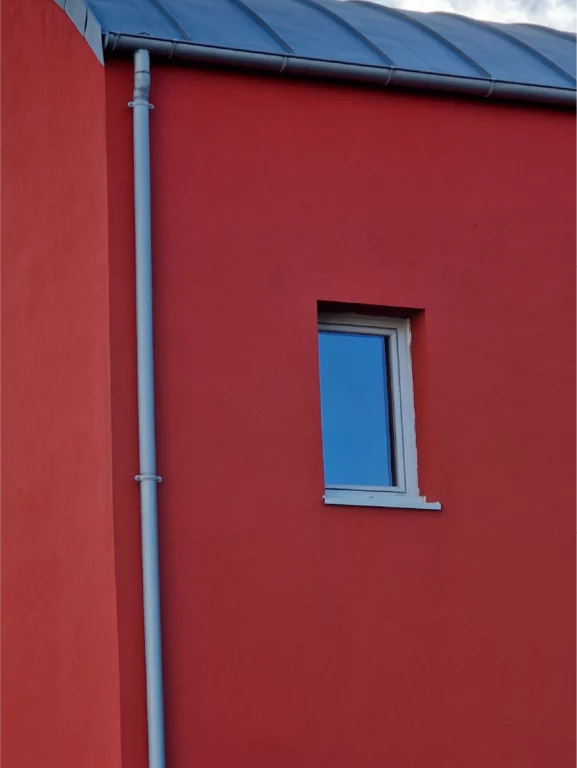
Hanging gutters come in a variety of shapes to meet specific needs. These include square or rectangular gutters, suitable for older buildings and larger structures. Molded gutters and ovoid gutters, with their square base and aesthetic face, are ideal for older facades. Finally, half-round Lyonnaise gutters are particularly well-suited to regions where rainfall is abundant. The same goes for English gutters, also half-round in shape, but higher than normal.
Creeping gutters come in two distinct forms: Nantaise gutters, which are installed under the tiles, attached to the cornice with a right-angled upstand. Then there are Havre gutters, which follow the same principles as Nantaise gutters, with the difference that their upstand is rounded, creating a more classic, conventional appearance.
Gutter downspouts are available in a variety of shapes to ensure efficient drainage of rainwater. They can also be fitted with a toggle to block plant waste. Round downspouts are the most common. There are also square or rectangular downspouts with a more contemporary design, offered mainly in aluminum in a variety of colors. However, they tend to accumulate more debris than traditional models. Finally, oval downspouts, less common, resemble square downspouts but have rounded sides and are generally made of PVC.
If you’re looking for a touch of originality, rain chains offer a unique alternative to downpipes. Made up of cups or links, they can bring a touch of aestheticism and serenity to your garden. They are available in a wide range of materials, including stainless steel, aluminium, copper and many others. You can attach a basin to your chain to collect rainwater, or tension your chain to a drainpipe using a turnbuckle.
Copyright © 2024. Tous droits réservés. CGV